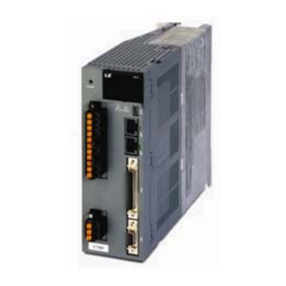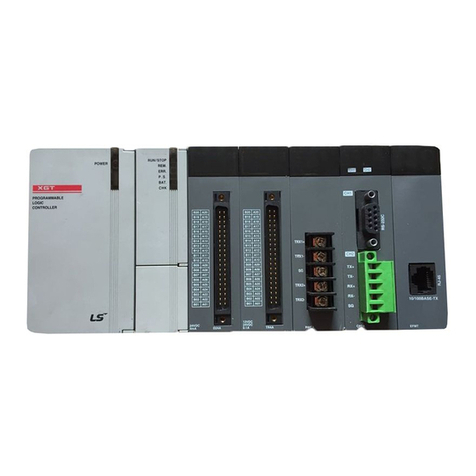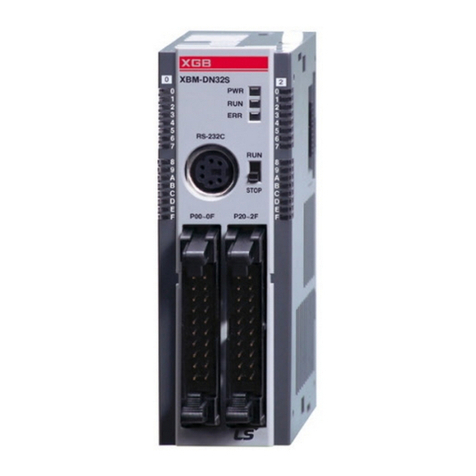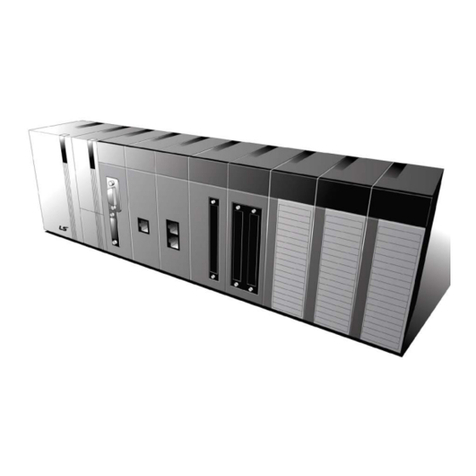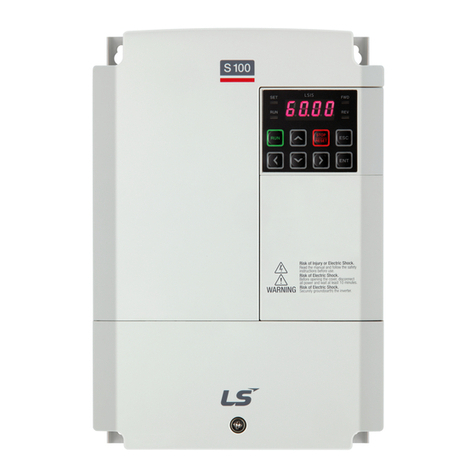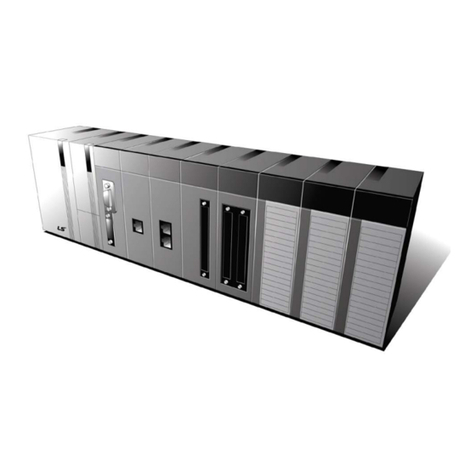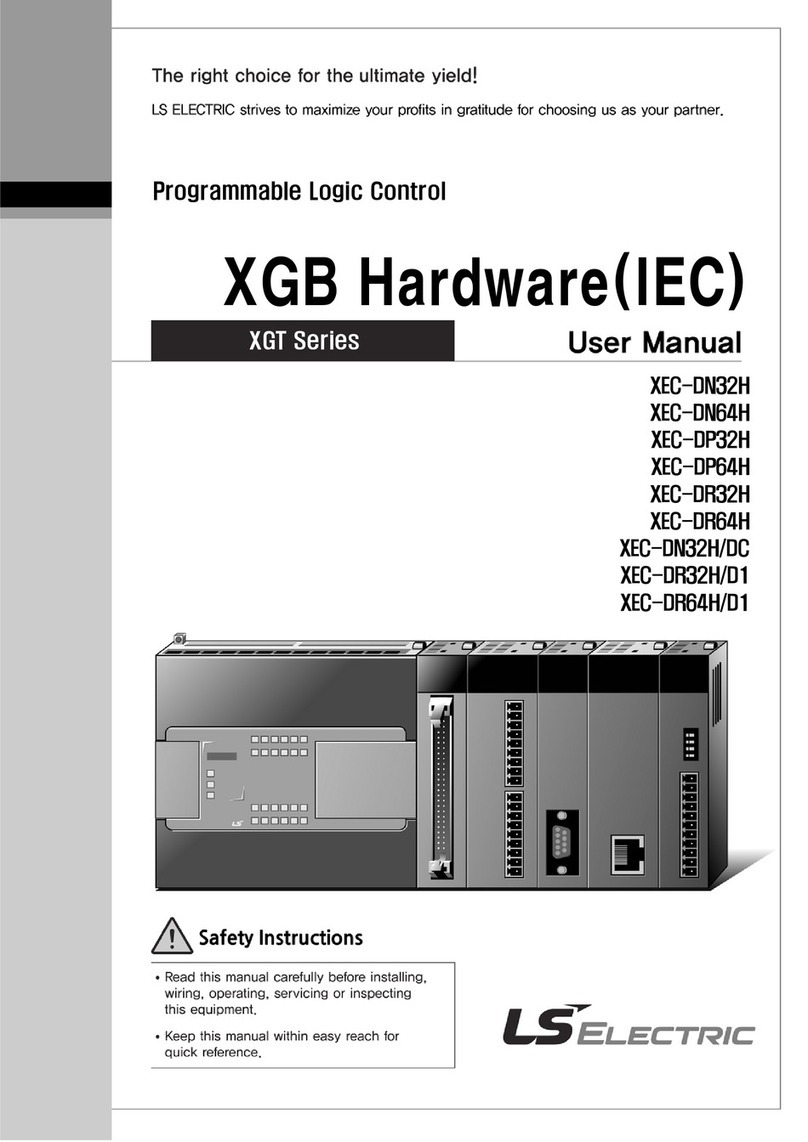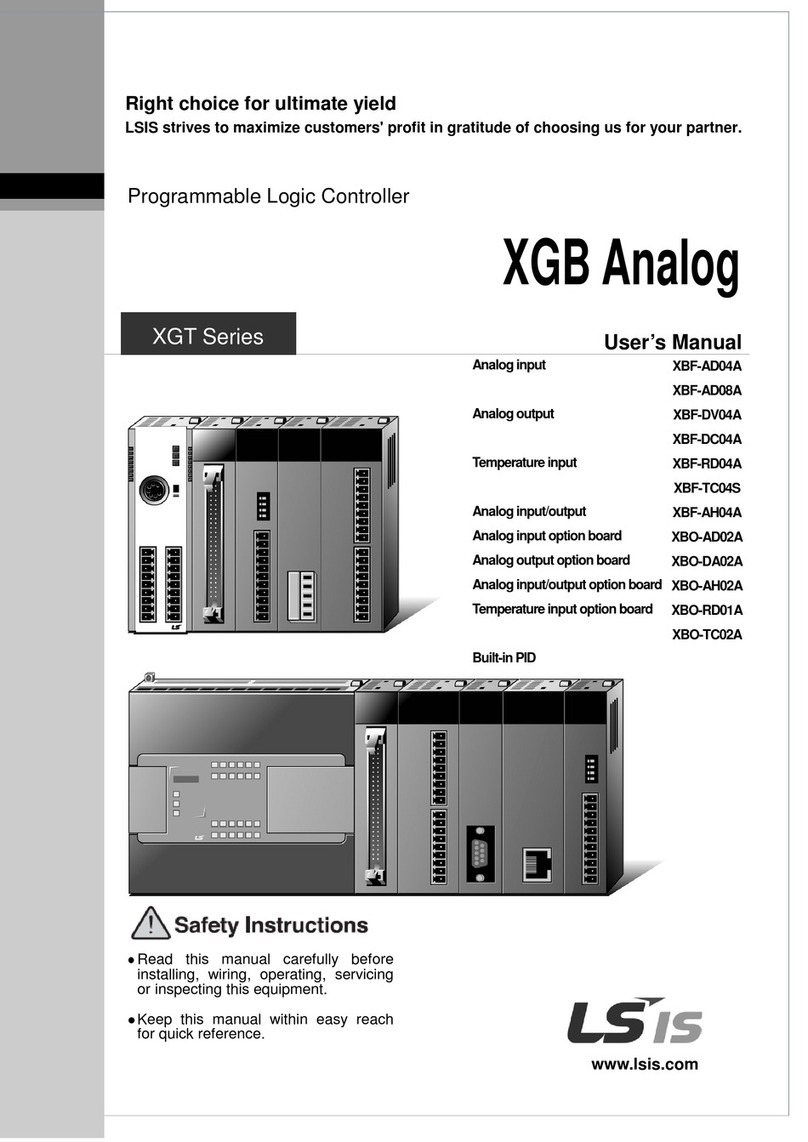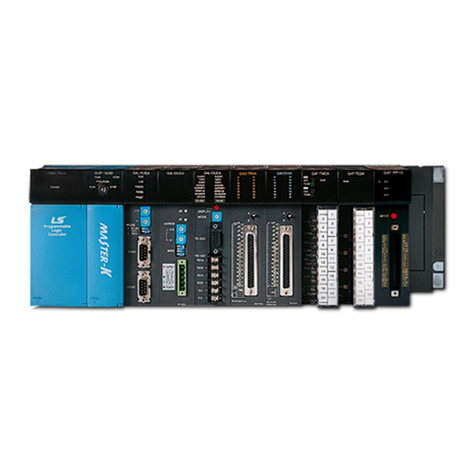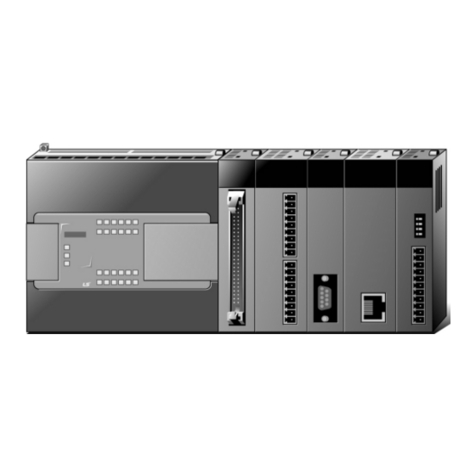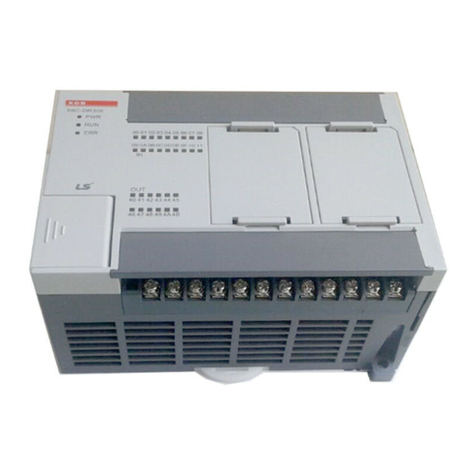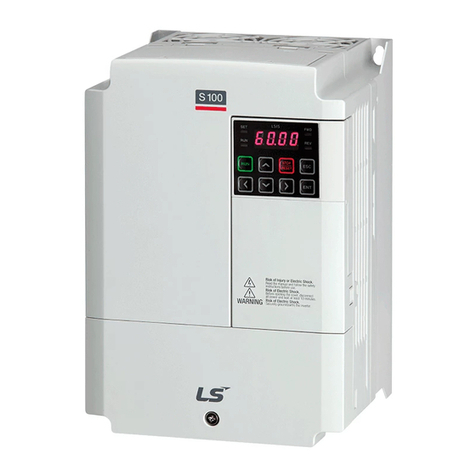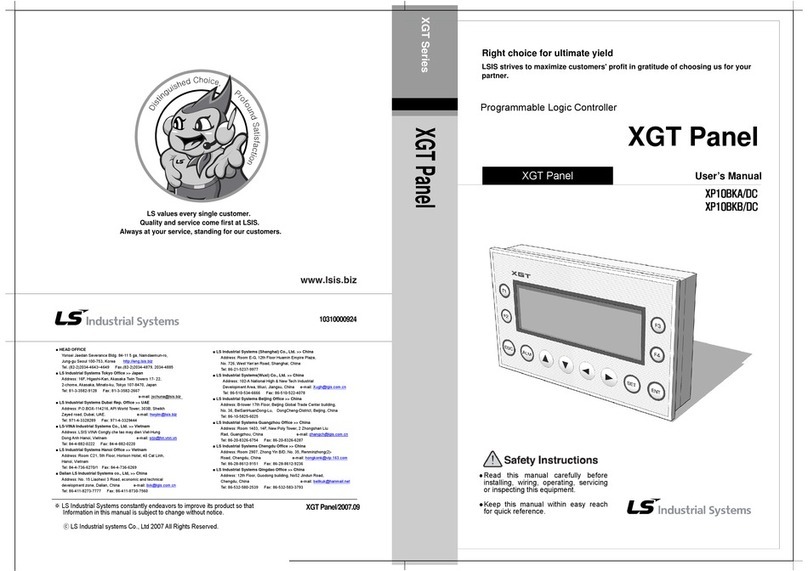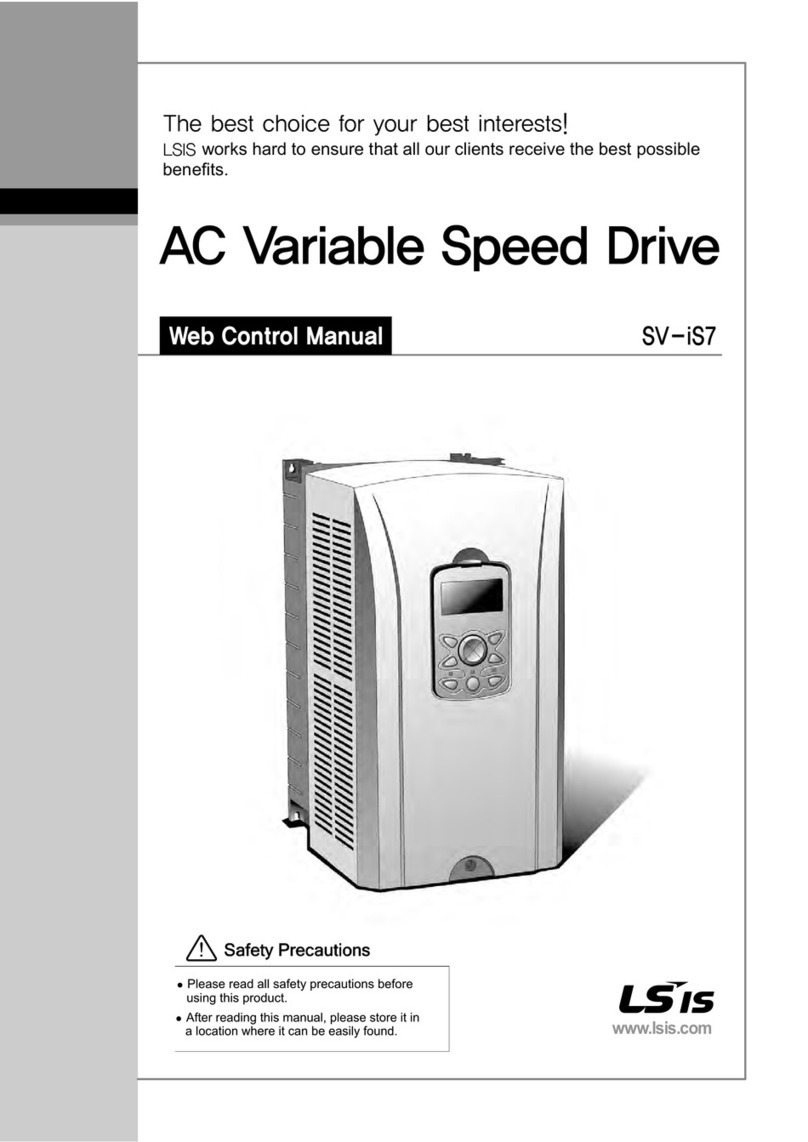Part2. Basic Functions
Chapter 1 Program Configuration and Operation Method .................................................. 1-1~1-32
1.1 Programming Basics.....................................................................................................1-1
1.2 Operation mode...........................................................................................................1-24
1.3 Memory .......................................................................................................................1-27
Chapter 2 CPU Function ..................................................................................................... 2-1~1-32
2.1 Type Setting ..................................................................................................................2-1
2.2 Parameter Setting .........................................................................................................2-2
2.3 Self-Diagnosis Function .............................................................................................2-5
2.4 RTC Function ..............................................................................................................2-13
2.5 Timer counter function.................................................................................................2-15
2.6 Remote Functions.......................................................................................................2-21
2.7 I/O forced On/Off Functions ........................................................................................2-22
2.8 Direct I/O Operation Function .....................................................................................2-23
2.9 Function saving the operation history .........................................................................2-23
2.10 How to allocate I/O No..............................................................................................2-25
2.11 Program Modification during operation (Modification during RUN) .........................2-26
2.12 Read I/O information.................................................................................................2-29
2.13 How to allocate I/O No..............................................................................................2-30
2.14 PLC’s Read-Protect Function....................................................................................2-36
2.15 Function to delete all of the PLC. ............................................................................2-37
Chapter 3 Input/Output Specifications................................................................................. 3-1~3-25
3.1 Introduction....................................................................................................................3-1
3.2 Main Unit Digital Input Specifications............................................................................3-8
3.3 Main Unit Digital Output Specifications .......................................................................3-9
3.4 Digital Input Specifications ..........................................................................................3-10
3.5 Digital Output Specifications .......................................................................................3-13
3.6 Combined Digital I/O module Input Specification........................................................3-22
3.7 Combined Digital I/O module Output Specification.....................................................3-23
3.8 I/O modules’ Functions................................................................................................3-24
Chapter 4 Built-in High-speed Counter Function ................................................................ 4-1~4-29
4.1High-speed Counter Specifications................................................................................4-1
4.2 Installation and Wiring.................................................................................................4-21
4.3 Internal Memory ........................................................................................................ 4-22
4.4 Example of Using High-speed Counter.......................................................................4-26
